What is the tolerance range of precision screws?
What is the tolerance range of precision screws?
Service Hotline
+86760-8787 8587We have more than ten years of production experience in the screw industry, the main products are: left tooth nut, grade 4.8 screws, large round head square neck shelf screws, GB carbon steel galvanized bolts, decorative screw caps, head washers, bolts and nuts, high strength Large hexagon head bolts, screws and screws, thread studs, thin small step nuts, step rivet nut materials, copper stud nut support columns, 304 core pulling screws GB109 flat head rivets, outer diameter 6 negative and other fasteners, due to the product The materials and specifications are different, and the prices are also different. Please contact us if you need it.


Existing wood screws are composed of a threaded portion with a tapered angle and arranged along a tapered stem and a screw head. The head of the screw can be a countersunk head, hemispherical, or other shapes, and the head of the screw has a groove that fits with the tool, a word groove, and a concave cross groove. The taper angle of existing wood screws is either 45 degrees or 60 degrees, and the front end of the taper angle is a pointed point formed by a rotating thread. The existing wood screws have the following three deficiencies in use. Because the taper angle is 45 degrees or 60 degrees, and the thread angle is 71 degrees, the resistance when entering the material is relatively large, so the existing wood screws are manually screwed. It is difficult to screw in, especially when it is used for hardwood materials, and it often happens that the groove of the screw head is screwed out; A large lateral moment will be formed when the screw is screwed, which is prone to the problem of deviation from the position; in addition, because the existing screw is tapered, it will be subjected to both radial force and axial force when entering the material, and its stress state It is more complicated, so it is easy to cause the cracked wood material to burst, and even cause the material to have longitudinal cracks and be unusable.

In order to prevent the waste of materials, those skilled in the art select steel wire as the processing material, and form an annular ring body by drawing the steel wire. Such as the announcement: CN103522009's invention name is a method of processing a retaining ring. The steel wire is used as the processing material, and the processing is carried out by drawing. After the steel wire is drawn and formed, annealing is performed. After the annealing is completed, the forming needs to bundle the steel wire. Since the cross section of the steel wire is rectangular, when it is drawn into the retaining ring base, the cross section changes due to the extrusion of the material, and the inner ring of the retaining ring base will be higher than the outer ring (forming a slope). The deformation is large. At this time, the punching of the opening of the retaining ring base body will produce a slump or cause greater material deformation; therefore, the retaining ring base body needs to be bundled. The bundling process is to prevent the material from being heated more during the quenching process. At the same time, it also has a certain adjustment effect during the quenching process, which makes the inclined surface smaller; but after the quenching is completed, the hardness of the retaining ring base increases, and the punching process for the upper opening will become more complicated.
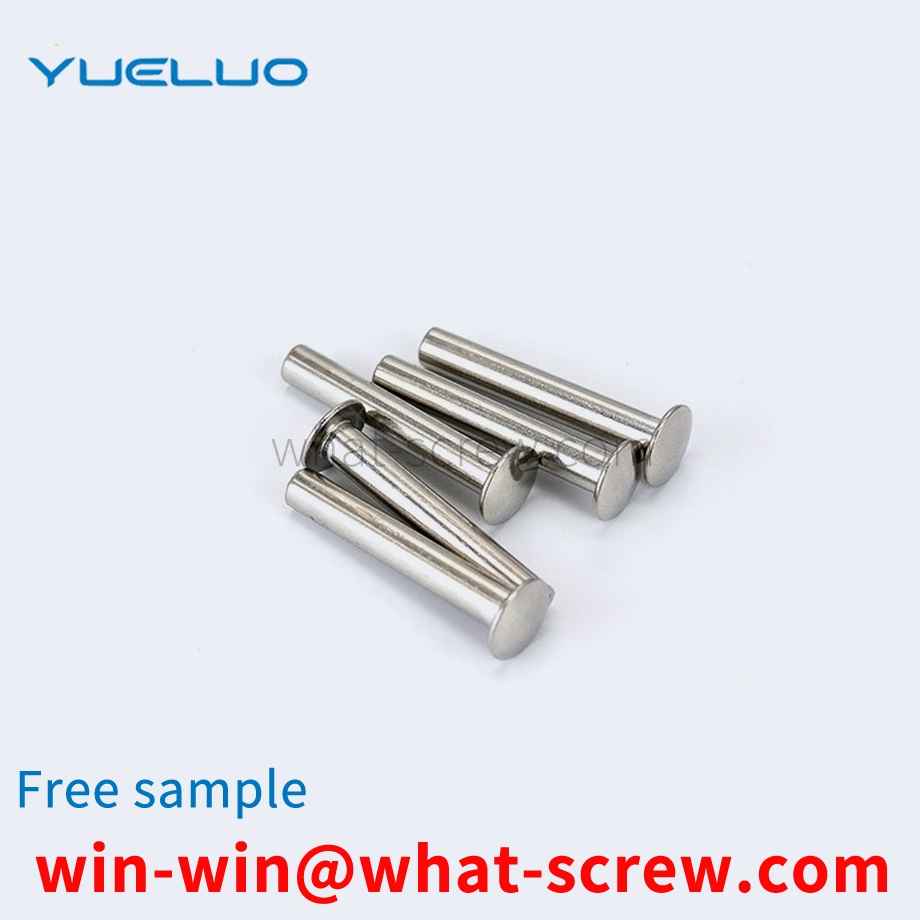
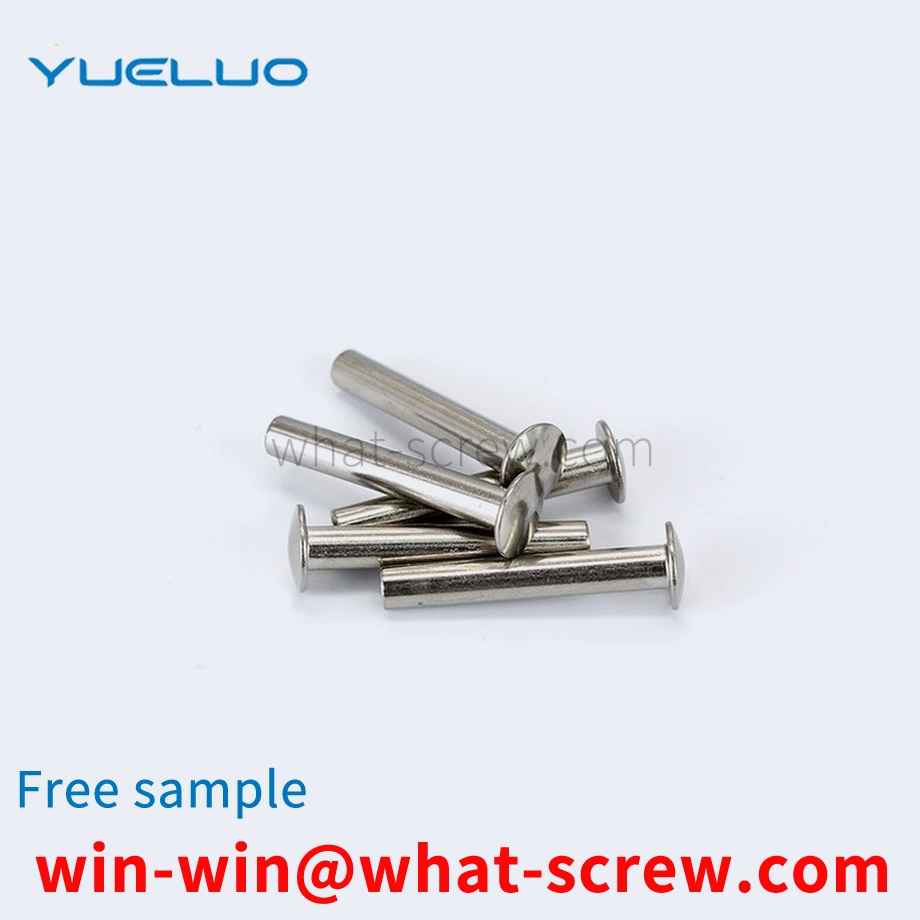
Fasteners are widely used in nuclear power plant safety systems and equipment, and undertake the functions of component connection, pressure sealing box support and fixation, and their quality and performance play an important role in nuclear power plant safety systems and equipment performing nuclear safety functions. None of the special fasteners for nuclear power in the prior art have protective sleeves, which cannot protect the exposed part of the bolt shank. In order to solve the above difficulties, it is necessary to develop a fastener stud nut washer set that can protect the exposed part of the bolt shank.
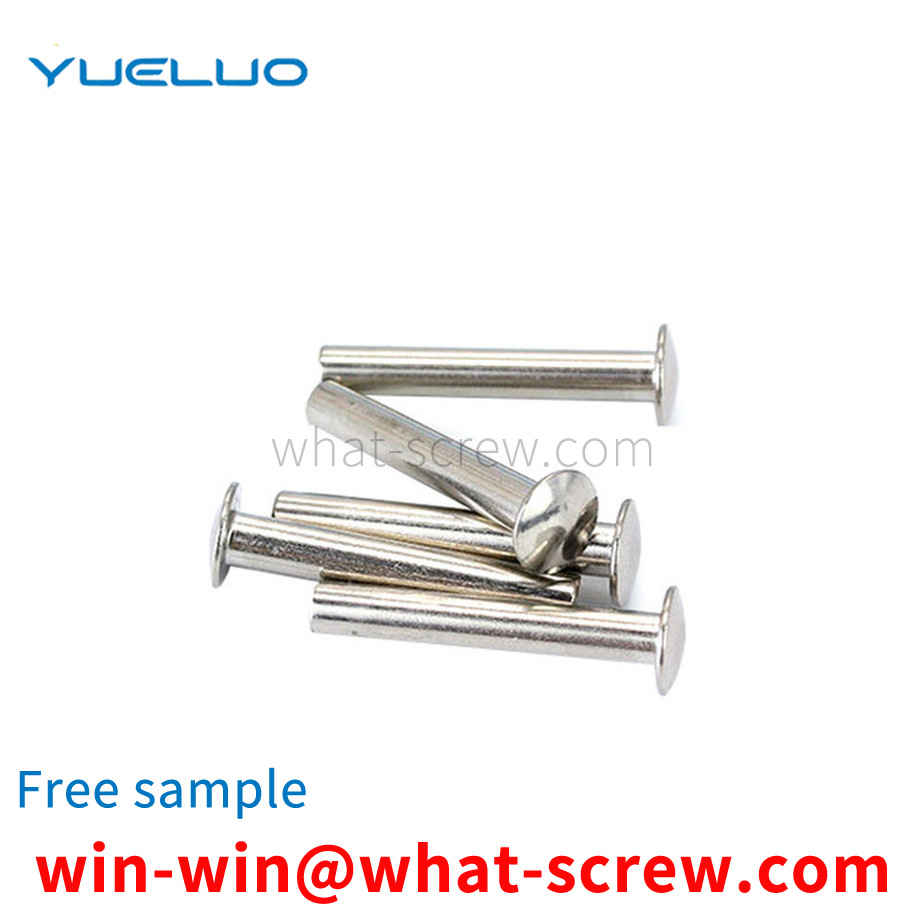
The inch thread is the thread size marked in inch. According to the shape, it is divided into two types: cylindrical and conical; according to the tooth angle, it is divided into two types: 55° and 60°. The 1/4, 1/2, 1/8 marks in the thread refer to the diameter of the thread size in inches. One inch equals 8 cents, 1/4 inch equals 2 cents, and so on.
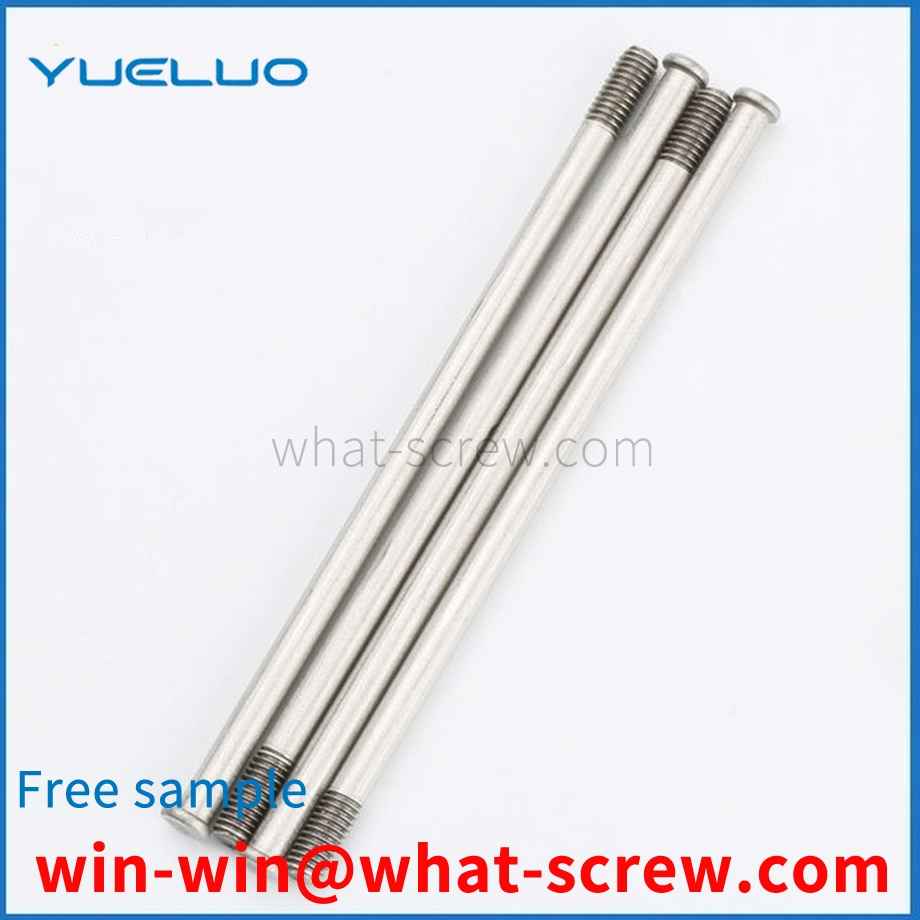
The above content is uploaded by Yueluo or the Internet. If there is any copyright issue, please contact [email protected].

What is the tolerance range of precision screws?

How to choose the right stainless steel screw manufacturer?

Why is there an R angle under the head of the hexagon head s...

We have more than ten years of experience in the production ...

We have more than ten years of production experience in the ...

We have more than ten years of experience in the production ...
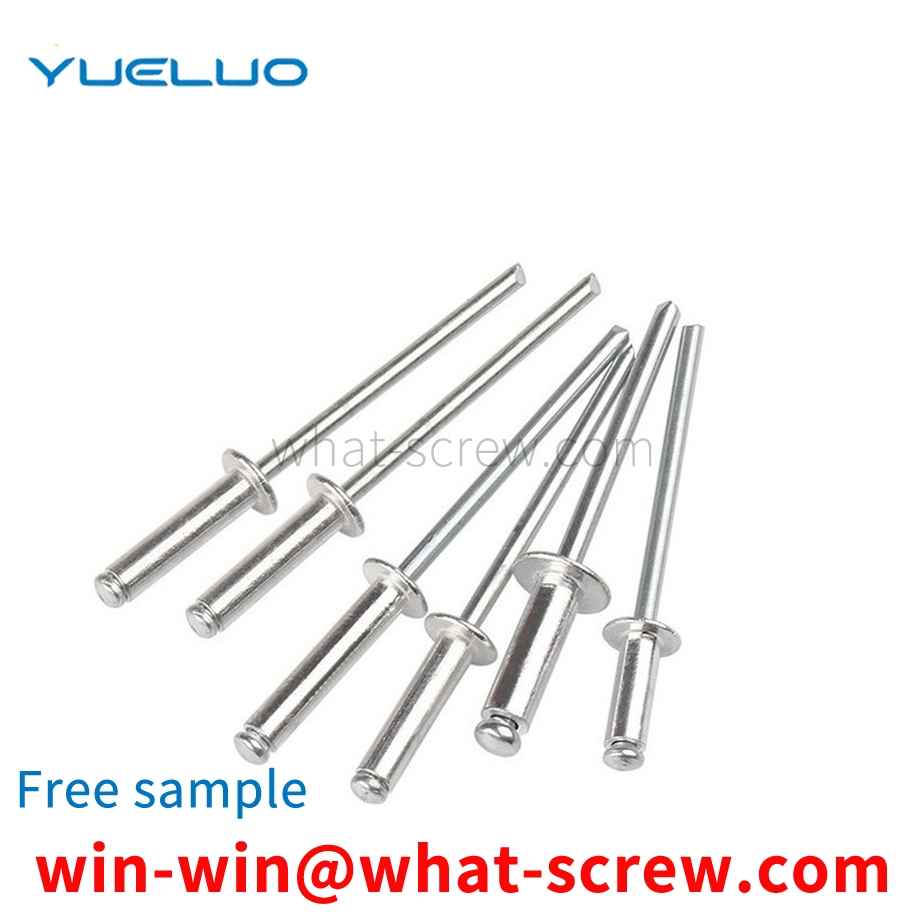
We have more than ten years of experience in screw industry ...